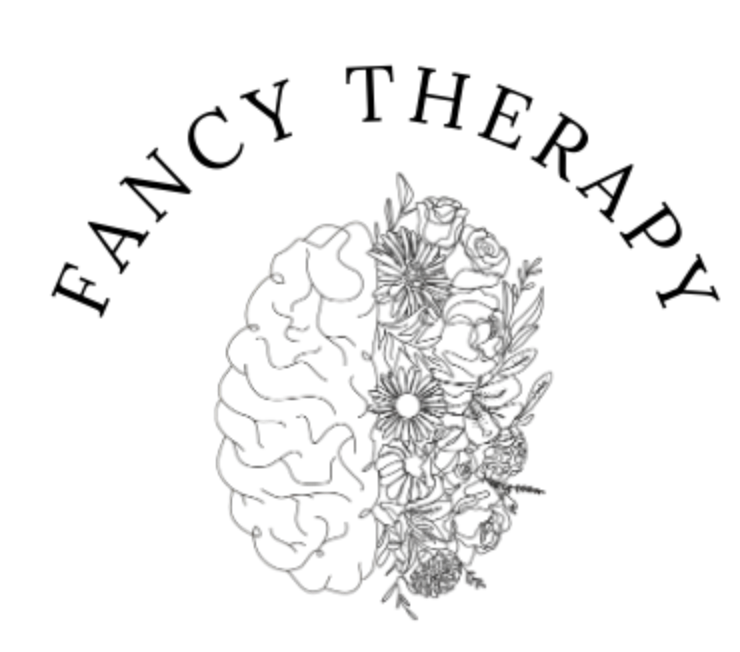What Does My Therapist Mean When They Ask Me: “Where Do You Feel That in Your Body?
When we experience anxiety, depression, trauma, or any other forms of distress, it can be natural to find yourself stuck in your head. You’re replaying your worst fears, your most difficult memories, or the seemingly never ending list of chores over and over that just seem to never get addressed. This mental loop can create a disconnect between the mind and body, making it difficult to recognize physical sensations related to the emotional states we are experiencing. As you begin to navigate these challenges in therapy, a question that your therapist may offer you is: where do you feel that in your body? However, when we’ve felt stuck in our worries and ruminations for so long, providing an answer to that question can feel impossible or even unnecessary at first glance. After all, what can my body possibly be telling me when my stressors are all clearly in my mind? While this response can feel instinctual to have, allowing yourself a moment to get curious about your body’s response to how you are feeling can provide you the opportunity to cultivate more awareness of the ways our body holds stress without us even realizing it. Although the process of creating awareness in the body can be a journey in itself, there are small exercises you can incorporate into your day to support your mental and physical health. While the exercises below are not a complete list of all of the somatic exercises imaginable by any means, they can be a great first step in increasing meaningful connection between your mind and body.
For Mental Health…
● Somatic Experiencing is a practice your therapist may try with you in session, but you are able to play with it yourself as well! When experiencing a challenging feeling, close your eyes, take a deep breath, and ask yourself: where is this emotion at in my body right now?
● Sensory Play allows you to offer relief from mental stress by introducing new sensations into your experience. While this practice can be super flexible, some ideas to consider utilizing include: an ice pack, a heating pad, your favorite fidget, or a weighted blanket.
● Body Scan Meditations ask you to ‘scan’ your body to observe the sensations your body is currently experiencing. This could be recognizing places of tension, temperature differences, or even the sensation of the clothes on your body. This practice can increase body awareness, while also supporting you in destressing.
For Physical Health…
● Somatic Stretching increases flexibility and brings awareness to areas of tension in the body that you may have not recognized before.
● Body Mapping involves drawing an outline of your body and decorating it with any colors, symbols, or concepts that come to mind as you reflect on the sensations coming up in your body. Take a deep breath, and try not to overthink it. When you’re finished, observe your creation and write down what thoughts came up through the process.
● Tense and Release is an exercise where you intentionally create tension or tightness in different areas of the body, and then release them repetitively for as long as you desire. Reflect on if you notice any differences in how your body feels before and after this activity.
If any of the exercises above piqued your interest, I encourage you to try one out with an open mind. There is no right or wrong way to get in touch with your own body and experience. However, if feelings of resistance, confusion, or anxiety come up in the process, don’t hesitate to get curious about where those feelings are located in your body and what you can say to them to offer a sense of safety, validation, and compassion. Consider sharing your experience with these exercises with your therapist as well in future sessions!




